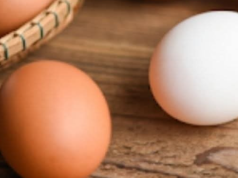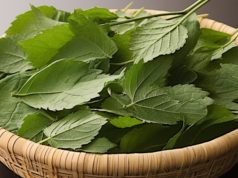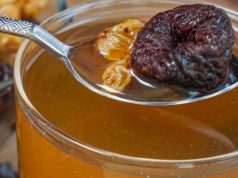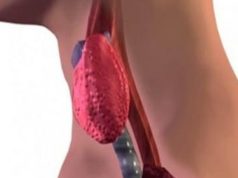
Have you had trouble growing basil? If you’ve experienced this trouble, you are not alone. I often come across this complaint throughout the gardening community.
Basil has specific growing requirements. It is unlike many of the cold-tolerant herbs like dill, cilantro and parsley. Basil is an herb with growing demands similar to tomatoes, cucumbers and squash – all heat-loving crops.
After growing basil for many years and experiencing repeated fails and wins, I have found what works when growing basil.
In this post, I cover the art of cultivating a bountiful basil bush in a pot!
1. Select the Right Pot
This is crucial for the optimal growth of your basil bush. Look for a large container with good drainage holes to prevent waterlogging. A pot that is at least 12 inches in diameter and 12 inches deep should provide enough space for the roots to grow and expand.
2. Use Quality Potting Mix
Select a high-quality potting mix that is well-draining and rich in organic matter. Avoid using garden soil as it can become compacted and hinder root growth. The right potting mix will ensure your basil receives the necessary nutrients and aeration for healthy growth.
3. Find a Suitable Location
Basil thrives in warm and sunny conditions. Choose a location for your pot that receives at least 6 to 8 hours of sunlight per day. If you live in a hot climate, consider providing some afternoon shade to prevent the plant from wilting.
4. Planting the Basil Seeds or Seedlings
You have two options for starting your basil bush: planting seeds or using seedlings. If using seeds, sow them directly into the potting mix at a depth of about ¼ inch. For seedlings, carefully transplant them into the pot, making sure not to disturb the roots.

5. Watering
Basil prefers consistent moisture but does not like to sit in waterlogged soil. Water the plant when the top inch of the soil feels dry to the touch. Be mindful not to overwater, as this can lead to root rot. Using a watering can or a gentle spray nozzle on a hose can help prevent the soil from becoming compacted.
6. Fertilizing
To encourage robust growth, feed your basil bush with a balanced liquid fertilizer every two to three weeks during the growing season (spring to early fall). Follow the manufacturer’s instructions for the correct dosage, as over-fertilizing can harm the plant.
7. Pinching and Pruning
Regular pinching and pruning are essential for stimulating bushier and healthier basil growth. Pinch off the top two sets of leaves when the plant reaches about six inches in height. This encourages branching and prevents the basil from becoming leggy.
8. Provide Support
As your basil bush grows, it may become top-heavy and susceptible to falling over. Consider providing support with a stake or bamboo rod tied loosely to the main stem. This will help keep the plant upright and prevent damage.
9. Pests and Diseases
Keep an eye out for common basil pests, such as aphids and spider mites. Regularly inspect the leaves for any signs of infestation. If you notice any problems, treat the plant with a natural insecticidal soap or neem oil to keep the pests at bay.
10. Harvesting
Once your basil bush reaches a substantial size, you can start harvesting the leaves. Pinch or snip off individual leaves or cut entire stems just above a node (where leaves join the stem) to encourage continuous growth. Remember not to harvest more than one-third of the plant at once, allowing it to continue thriving.

















